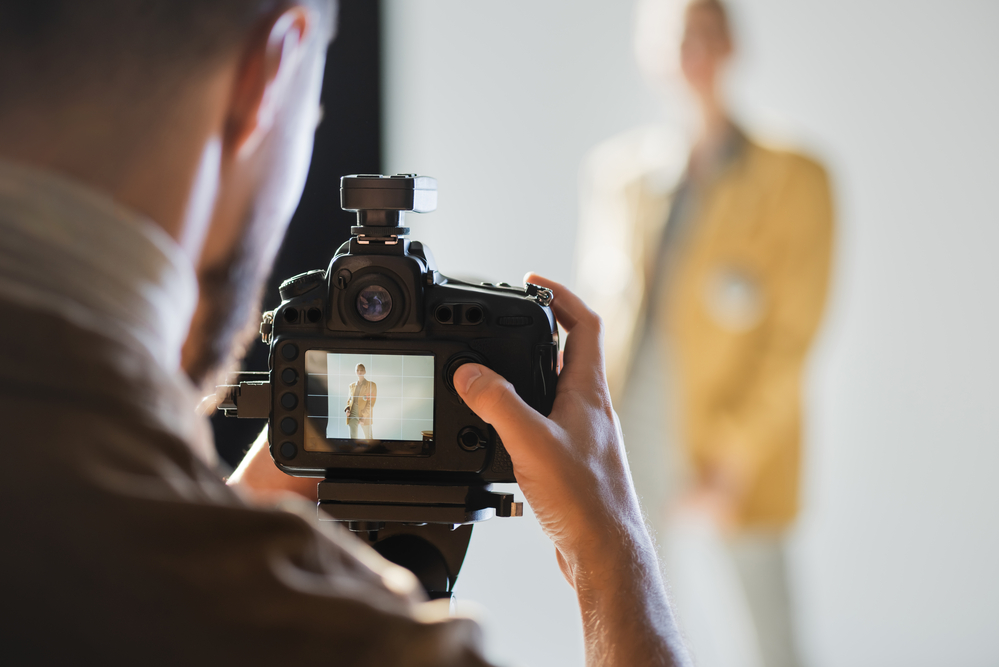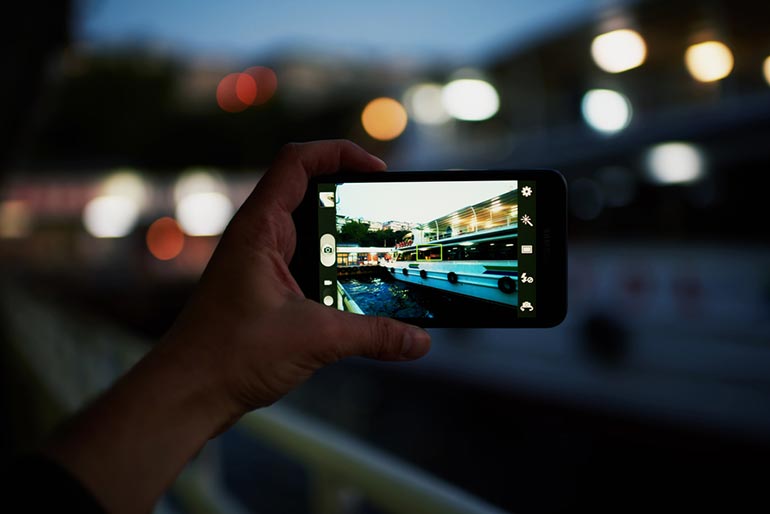How to Choose the Right Camera Gear
We live in great times as photographers. We have access to the most technologically advanced products at the lowest prices in history.
I’m not saying good camera gear is cheap – far from it! However, you can definitely get a lot more for your money here in 2019 than you could ever before.
I run a website called Shotkit, which is devoted to photographers and their camera gear. I’m also a Sydney wedding photographer, giving me ample opportunity to put everything I write about on Shotkit to the test.
My days are spent taking photos and reviewing the latest and greatest camera gear – lenses, tripods, bags, straps, cameras… and everything in between. To say I’ve got a bad case of G.A.S. is an understatement 🙂
After reviewing a myriad of different photography-related products (my latest crazy accomplishment was reviewing over 60 camera backpacks!), I’ve got some great advice on choosing the right camera gear.
This first article in a series I plan to write for the Depositphotos blog will be focused on choosing a camera.
Whether you’re buying your first camera or upgrading to the latest model, there’s something to be learned right here… so let’s dive right in!
First things to consider when choosing a camera
First things first – your smartphone is not as good as you think it is.
Don’t get me wrong – iPhones can take amazing photos when in the right hands, but they simply can’t compete with dedicated cameras. Not Google Pixels, not Samsung Galaxies, not any-fancy-schmancy-smartphone!
Sure, ‘portrait mode’ is a nice way to blur the background, and ‘night sight’ is an impressive gimmick… but there are simply things that you still can’t do without using a dedicated camera.
The biggest advantage of a smartphone camera is that it’s always in your pocket. Everyone knows the saying, “the best camera is the one you have with you”, and it’s absolutely true – with no camera, there’s no photo, after all.
So, if we’re able to at least match the size of a smartphone, perhaps that’ll mean it’s more likely to be with us to capture those fleeting moments.
On compact cameras
After spending 2 months reviewing the best compact cameras of the year, I came to a rather un-profound conclusion – you have to be prepared to invest a certain sum of money into a pocket-size camera if you want it to be better than your smartphone.
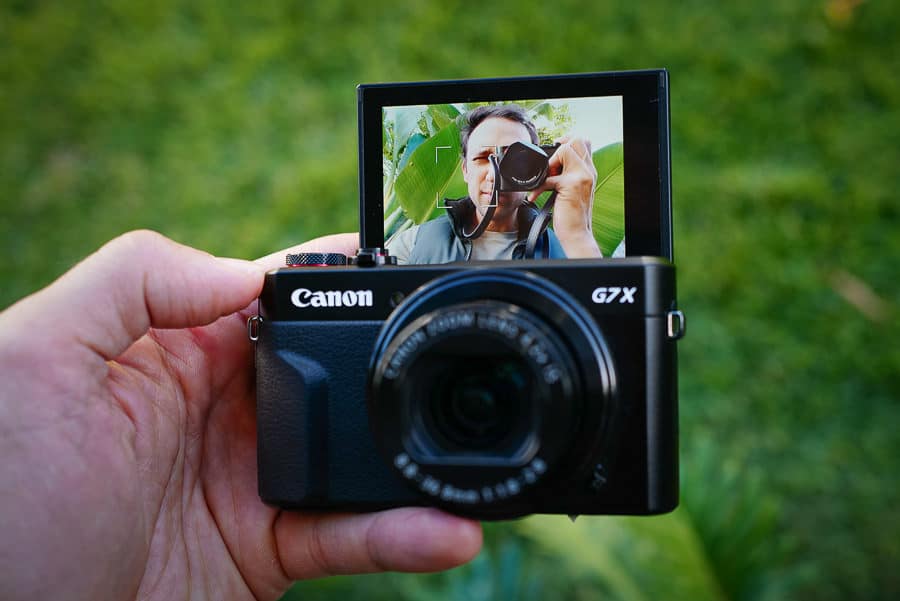
Decide what features are most important to you when choosing a compact camera.
There are lots of budget cameras on the market, but the ones that can fit in your back-pocket that cost less than 500 bucks simply aren’t worth your time – that is, unless you don’t already have a decent smartphone camera.
If you absolutely have to have a pocketable camera, or at least one small enough to keep in your jacket all day without much hassle, I’d highly recommend investing a little more – Fujifilm X-Series cameras are great options, as are Sony Alpha cameras.
If you want something with a fixed lens, the Fujifilm X100F is my camera of choice. If you need to go even smaller and lighter, the Ricoh GRII is also a good bet. Another slightly bulkier option is the Canon G7X Mark III.
Let’s talk about mirrorless cameras
Without wanting to sound too much like Captain Obvious, a ‘mirrorless’ camera is a camera without a mirror! (A DSLR is an example of a camera with a mirror.)
Cameras that don’t have mirrors have several benefits over their mirror’s big brothers, most notably the ability to display a ‘live’ preview of how bright/dark your photo is going to be (i.e. the ‘exposure’), before you take it.
Mirrorless cameras are also typically smaller and lighter than their DSLR counterparts, although thanks to Canon and Nikon’s recent creations (the EOS R and the Z-series), this differentiating characteristic has been thrown out the window!
Mirrorless camera lenses are also typically smaller and lighter than their DSLR equivalents, making them perfect for travel when space is often limited.
One thing’s for certain – mirrorless cameras are the future of photography, so if you’re in the market for a new camera, this is where you should be starting your search.
I spent a few months testing out the best mirrorless cameras of the year and came to the conclusion that Sony is still leading the field. However, the gap is certainly reducing with every new camera release from the other brands.
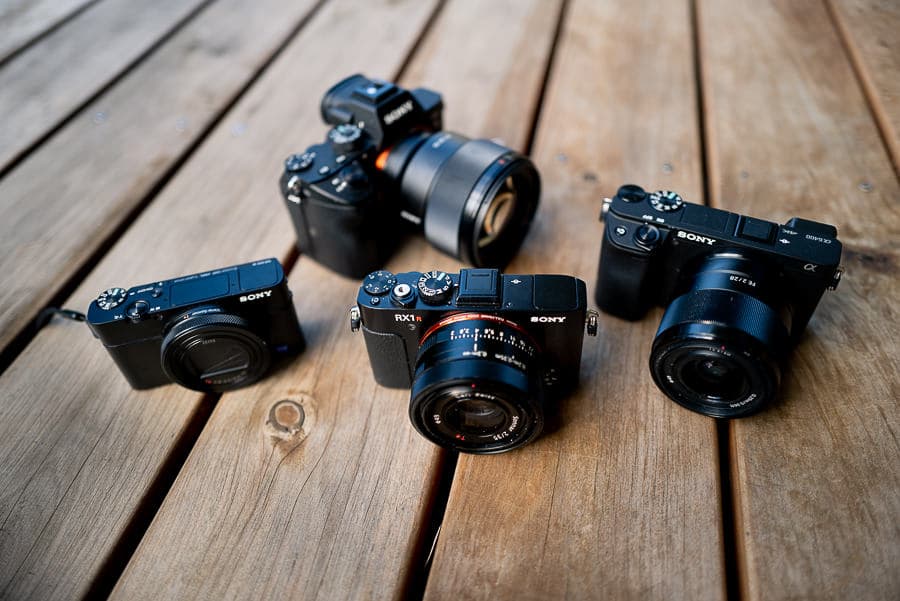
Sony leads the way with its latest Alpha mirrorless camera models.
Fujifilm rules the roost of the APS-C sensor, with its retro-inspired mirrorless cameras and their Instagram-ready film simulations attracting all the cool kids.
Then there are the big boys – Canon and Nikon, who both, in my opinion, fell at the first hurdle with their initial foray into the mirrorless camera arena, with cameras priced towards professionals, but failing to deliver with pro-grade features.
Canon and Nikon have got more fire-power when it comes to lens selection, so 2020 will be a fun year to see if they can level the playing field with their subsequent mirrorless camera releases…
Who else? Panasonic still kicks butt if you’re a video or hybrid shooter. Then there’s Leica if you’re Mr. Money Bags…
So, my advice would be to invest in an affordable Fujifilm or Sony mirrorless camera body that gives you access to their wonderful selection of ‘glass’.
Snagging a Fujifilm X-T20 and one of the great Fuji X lenses will leave you with very little complaint.
If your budget can’t quite stretch to that, the Sony a6000 is a more affordable option, that also happens to be the best selling mirrorless camera ever – check out some recommended lenses for it here.
I’ve got to mention the humble DSLR
No matter what fancy technological advancements are made in the world of mirrorless cameras, the DSLR will always have a special place in my heart – it being the camera that I built a career on, as would be the case for so many other professional photographers here in 2019.
Let’s get one thing clear – there’s nothing inherently wrong with a DSLR camera. Their ergonomics are unrivalled. So too is their battery life. Their optical viewfinders (OVF) arguably teach you the fundamentals of photography exposure in a purer, more authentic way than mirrorless cameras.
Mirrorless cameras seem like the shortcut to getting the perfect exposure – with a DSLR, you need to experiment a little more, and this experimentation encourages mastery.
It’s like learning to drive in a manual car vs learning to drive in a Tesla 🙂
Whatever your reasons for buying a DSLR, don’t worry about it being the ‘dinosaur’ of the camera industry. Just because DSLRs are part of a dying market, doesn’t mean that you won’t be able to get just as good a photo as you could with a mirrorless… or any other camera for that matter.
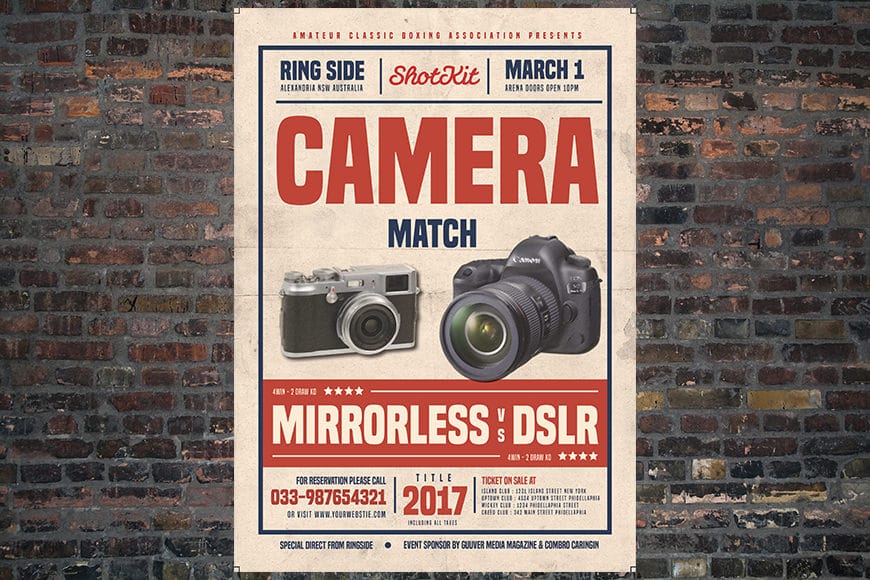
The mirrorless vs DSLR camera debate is still in full force.
DSLR vs Mirrorless cameras
I was a DSLR user for many years, and while I do love all the technological advantages of my mirrorless camera, I do miss the feel of a DSLR.
If you’re in the market for a DSLR and have a limited budget, you can’t go wrong with the Nikon D3400, despite newer models being available. Canon has an equivalent, but unless you absolutely have to have that gorgeous Canon L-series glass, I’d stick to the Nikons at this price point.
Able to stretch the budget a little further? Getting a ‘full frame’ DSLR will see a noticeable improvement in image quality among other things. Unless you’re a professional, there’s little point spending the big bucks for flagship DSLR cameras – models like the Nikon D750 and Canon 6D Mark II are much wiser investments. They may not be the latest models, but you’ll save a lot of money shopping this way, and end up with a tool that’s extremely capable.
Now’s a good time to broach that old debate – full frame vs crop sensor. What are we actually talking about here?
The sensor is what records the image you ‘take’ with your fancy camera. In general, the larger the sensor, the more image ‘data’ that can be captured. In addition, the larger the sensor, the more expensive the camera.
Readily available digital cameras in 2019 range from medium format sensor cameras, to full frame, to APS-C, to Micro Four Thirds, and so on.
(That fancy smartphone you’ve just spurged this month’s salary on? Its sensor is probably only 1/3 of an inch!)
So, what are the advantages of spending more… much more… on a full frame camera, rather than something like an APS-C camera?
Full frame cameras vs APS-C cameras
Well, first and foremost, the full frame sensor can capture much more image data than an APS-C sensor. In the simplest terms, this means that you’ll be able to do more with the RAW file when editing.
Whether to shoot RAW or JPEG is a source of much confusion as a beginner to photography.
If you’ve been shooting up until now on your camera’s default JPEG setting, there’s absolutely nothing wrong with that – JPEGs result in much smaller file sizes, and modern cameras do a decent job at making them look great ‘in-camera’, without any editing required.
However, shooting in RAW allows you to take full advantage of your camera’s imaging capabilities, so I recommend you have a play.
Using image editing software like Adobe Lightroom or Skylum Luminar allows you to ‘unlock’ your RAW files, giving you the flexibility to make (big) changes to your photos after you’ve shot them – this is what ‘post-production’ refers to.
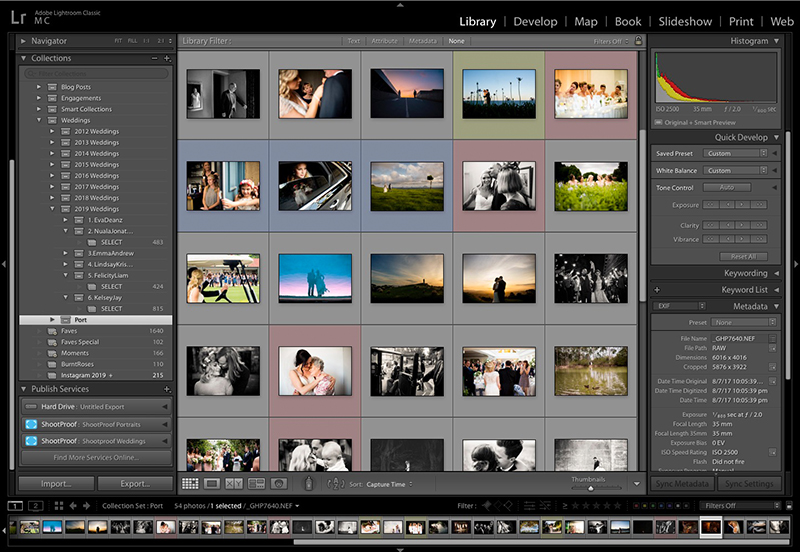
Using image editing software like Lightroom can open up the doors to creative post-production.
So, apart from giving you more image data to push around during post production, what other advantages does a full frame sensor give you over an APS-C (or smaller) one?
Well, ‘full frame’ refers to full coverage of the camera’s 35mm sensor. This means that when you shoot with a 24mm lens, your camera’s sensor is using that full 24mm sensor area to create the final image.
Compare this to a smaller APS-C sensor – its ‘cropped’ dimensions means it can only translate part of the 35mm field of view to a the final photo. In effect, this reduces the ‘width’ of your lens’s focal length, meaning that looking through a 24mm lens would give you a field of view of roughly 35mm – this is why we refer to APS-C cameras as ‘crop-sensor’ cameras.
Whether this matters or not is down to personal preference. If you like to shoot wide angle lenses and need the ‘widest’ shot possible, using a crop-sensor camera will limit this. Every time you purchase a lens, you’ll need to multiply the focal length by around 1.5x to get the ‘actual’ focal length your camera will use.
On the flip side, if you shoot a lot of long ‘telephoto’ lenses, you’ll be able to get more ‘range’ – i.e. an 85mm lens could translate to a 127mm focal length. Long range telephoto lenses tend to be expensive, so some professionals opt for crop-sensor cameras in an attempt to squeeze even more reach from their existing telephoto lens arsenal.
In addition, a full frame sensor usually yields much better low light capabilities than an APS-C sensor. In other words, you’ll be able to shoot at much higher ISO on a full frame camera, while still getting a ‘clean’ image.
Shooting at high ISOs typically introduces more ‘noise’ to an image – the ‘grains and scratches’ you can sometimes see within a photo shot at night.
While APS-C sensor technology and in-camera noise-reduction has improved a lot in recent years, crop sensor cameras still struggle above ISO800.
Full frame cameras, on the other hand, can comfortably shoot in the thousands of ISO, making them the obvious choice for professionals who often find themselves shooting in low light.
To summarise: investing in a full frame camera is a wise choice if you absolutely need one of the above features. The majority of pros shoot full frame, as do a lot of enthusiast amateurs who want to get the most out of their photography.
On the other hand, many a great photo has been taken with an APS-C (or smaller) sensor, and the cost-advantage of the APS-C format is really hard to ignore. I own both formats, and use them interchangeably in my personal work, reserving my full frame cameras for paid work.
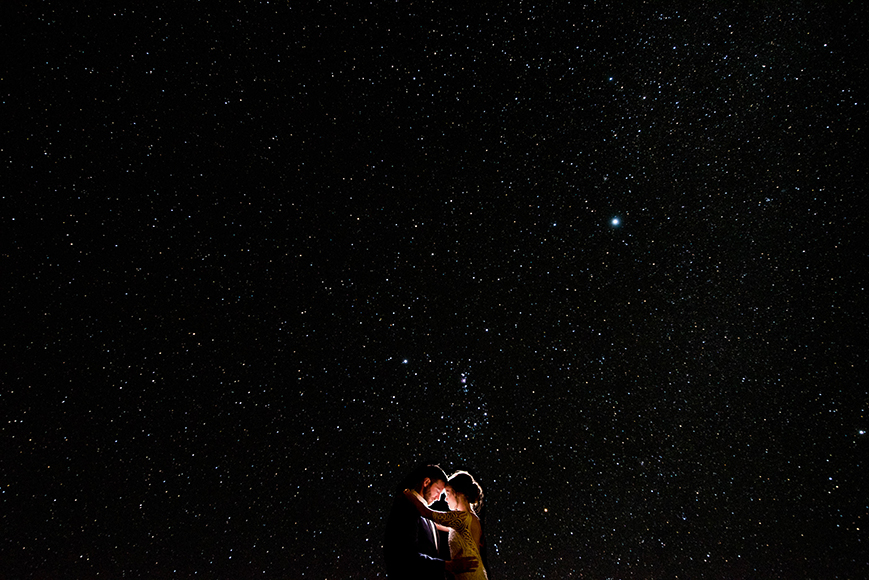
Using a full frame camera allowed me to squeeze every last detail out of this RAW file, while keeping noise levels to a minimum.
So now we’ve discussed the type of camera and the type of sensor… what more is there to consider when choosing a new camera? Well, actually there’s still quite a lot!
What else to consider when choosing camera gear
It’s easy to get overwhelmed with all the fancy bells and whistles of modern cameras – in-body stabilization, macro mode, blue-tooth transfer, high frame rate, panorama stitching… every camera has a feature list that can quickly make your eyes glaze over!
To simplify your camera shopping, I’d recommend you concentrate on a couple of important features.
The first is auto-focus – you need a camera that can find your subject in the frame and lock onto them as soon as you half-press your shutter button. This refers to auto-focus speed, and you’ll want yours to be snappy!
The second thing I’d consider is ergonomics. This isn’t normally discussed much in camera reviews, but how the camera feels in your hand is an extremely important consideration.
I’ve owned cameras in the past that simply didn’t feel good to shoot – whether the buttons were too small to press, or the grip was too shallow… picking them up to take a photo simply wasn’t enjoyable.
Investing in a camera that’s comfortable in your hand is an essential first step to ensuring you have it with you every day to capture all of life’s precious, fleeting memories. The best camera is the one you have with you, remember?!
I hope you found this article on choosing a camera useful. I’ll be back next time with some more advice on choosing the right camera gear – lenses, tripods, flashes, filters… there’s still a lot to learn 😉
